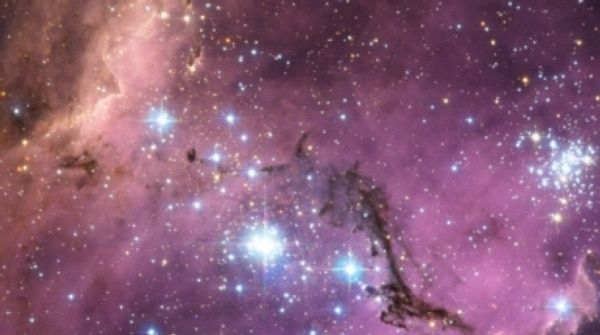Part 2
In part 1 of the journey, we saw the leading observations that needed explanation. Explanations that we want to do through the theory of relativity and quantum mechanics. No technical and expert knowledge in these theories yet, only scratches of its implications. So let us continue.
THE RELATIVITY THEORY Deducing from the Hubble expansion, the galaxies were close in the distant past but certainly not in this current form as the telescopes now see them receding. In fact, if they were receding it also means they were expanding.
Therefore, when we reverse the receding galaxies into the far distant past they should end up at a point somewhere sometime with the smallest imaginable extension, if that extension is conceivable at all. Scientists call it the singularity, a mathematical deduction from the relativity theory. How did this immeasurable Universe made of clusters of galaxies we now see ever existed in that point called singularity?
Continue reading “The Big Bang: Arriving at the site of creation” »














